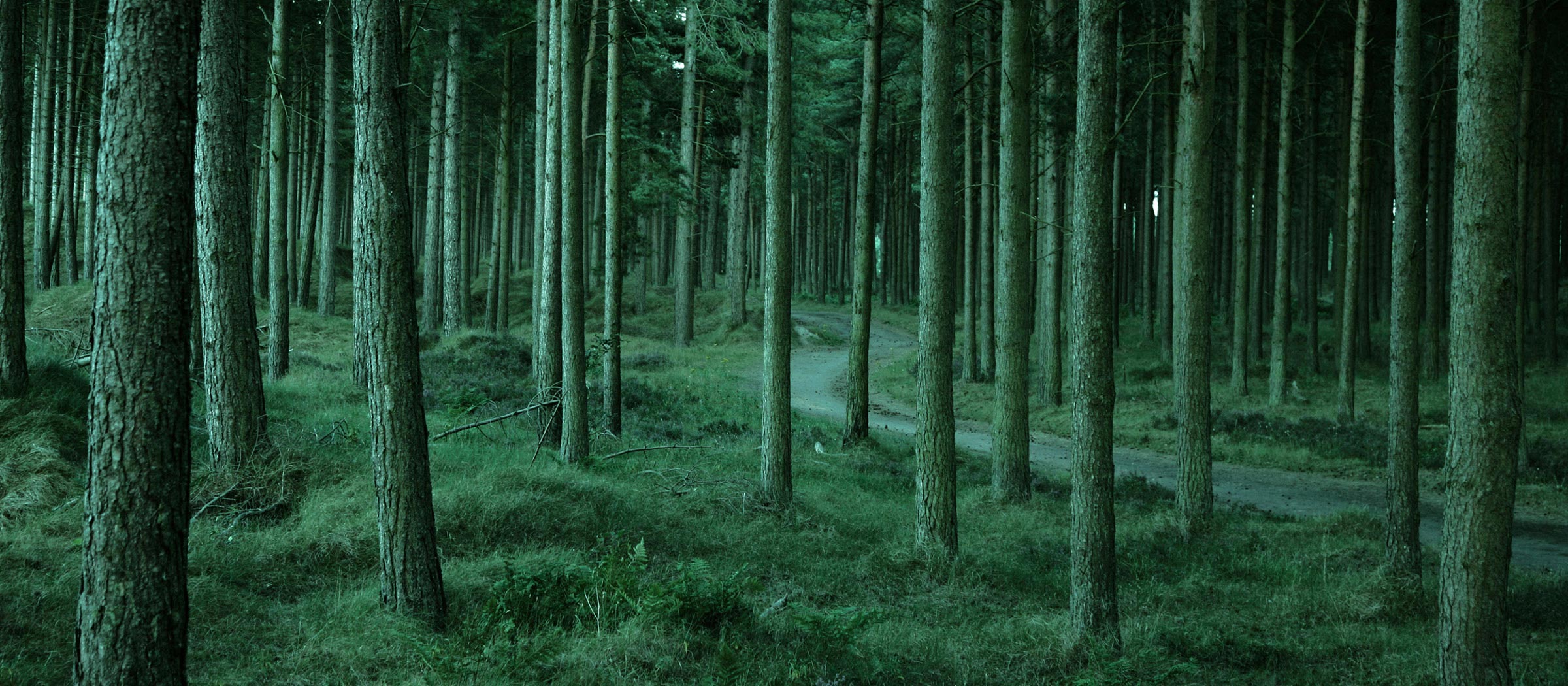Put your Bee Goggles on!

- Words by
- Jaimee Edwards
In The Bee Friendly Garden, Doug Purdie encourages us to “think like a bee”. Our backyards and urban environments suddenly look very different from this vantage point. Ornamental grasses, ‘green spaces’ wedged between towering developments, and open expanses of weedless lawn reveal themselves to be little more than barren landscapes when we put on our “bee goggles”.

Starting with the big picture, The Bee Friendly Garden presents the reader with what’s at stake when the foraging options for pollinators are compromised. Purdie then goes about explaining the ways we can make a positive difference through our gardening practices and plant selections. When you think like a bee biodiversity is key, regardless of the size of your garden. It’s fascinating to start looking at gardens not only from an aesthetic and functional aspect, but also from a pollinator’s perspective.
More than half of the agricultural production in Australia relies on pollinators to ensure fruit and seed growth. Fruits and vegetables grown commercially and in our gardens are a result of a deep intimacy between flower and bee. Each has what the other needs – Deep within the flower is nectar needed by the bee to feed the thousands of larvae at home in the hive. The bee pushes its furry little body past the flower’s reproductive organs to get to the nectar.
Covered in pollen, the bee then transfers it from one flower to another, one plant to another, and doing so the bee’s vital role as pollinators is fulfilled.
Understanding the complex work of pollination answers questions that can frustrate backyard growers – such as the withering away of healthy zucchini plants, or a passionfruit vine that never produces fruit. It might not be your fault! It could, instead, be related to a lack of insectivorous pollinators in the area. Therefore, gardeners and bees are allies. More than this though, gardeners are the third party in the intimate relationship between plants and bees. So don’t be the shy one at the orgy! Our obligation as gardeners is to grow flowers – at least two flowering plants a season – according to Purdie.

Flowers aren’t the whole story, of course, and within the book Purdie charts the more complex issues around bees, like how the decline in bee populations over the last few decades has coincided with biodiversity losses as a result of destroyed and degraded habitats and heavy reliance on chemical herbicides and pesticides.
One of Purdie’s great contributions as a beevangalist and author is guiding the reader through often complex or controversial issues around biology and ecology. For example, Purdie’s take on some maligned introduced plant species illustrates the ways some have become integral to the lives of native fauna.
My chilly feelings toward lantana have been challenged if not warmed by reading that native bees and marsupials often find shelter in its undergrowth.”
Likewise, mulching is considered in a broad sense to make a case for the growth of flowering weeds and burrowing bee species. Patches of bare ground provide homes for some species of burrowing native bees. Bare ground also allows for spontaneous growth (a better term for weeds, yes?). As Purdie points out, theres a balance to be struck between weed eradication and invasion when we realise that weeds are often the only flowering plants surviving along highways, street verges, and vacant blocks.

The Bee Friendly Garden provides lots of practical information about bees in the garden. Like water. Bees need plenty of it (according to Purdie, hives can consume up to four litres of water a day in summer!). Unfortunately, water isn’t always easy to come by for bees – urban water sources are increasingly polluted. A bee bath, which doesn’t need to be much more than a regularly re-filled bowl of water in your backyard, is a great start to creating your own bee friendly garden.
If watering the bees isn’t enough, consider housing them in a bee hotel. These are structures both grand and basic that can provide shelter for many native bee species. These bees are known as lodger bees and prefer to take up residence in the holes of timber or the hollow parts of dried reeds. Don’t worry, these structures won’t encourage swarms around your home – most of our native bees are solitary or semi-social creatures. What you will be doing, though, is encouraging healthy local bee and insect populations of bees, and therefore, plant prosperity.
After reading Doug Purdie’s The Bee Friendly Garden my bee goggles will never come off.
I now search out the flower heads in my local environment and where there are none I am compelled to do a bit of guerrilla gardening. I’m currently waiting for the native wildflower seeds I planted on the neglected strip of land across the road from my apartment to emerge.
The thing is, environmental dilemmas can often daunt us into paralysis. It seems unlikely that large scale positive changes can start with a balcony or reclaimed verge, but thinking like a bee not only increases awareness, it also binds us to the weave of life on which we all depend. The Bee Friendly Garden is a practical guide for optimism.
—
The Bee Friendly Garden is published by Murdoch Books. All images supplied by Murdoch Books.





